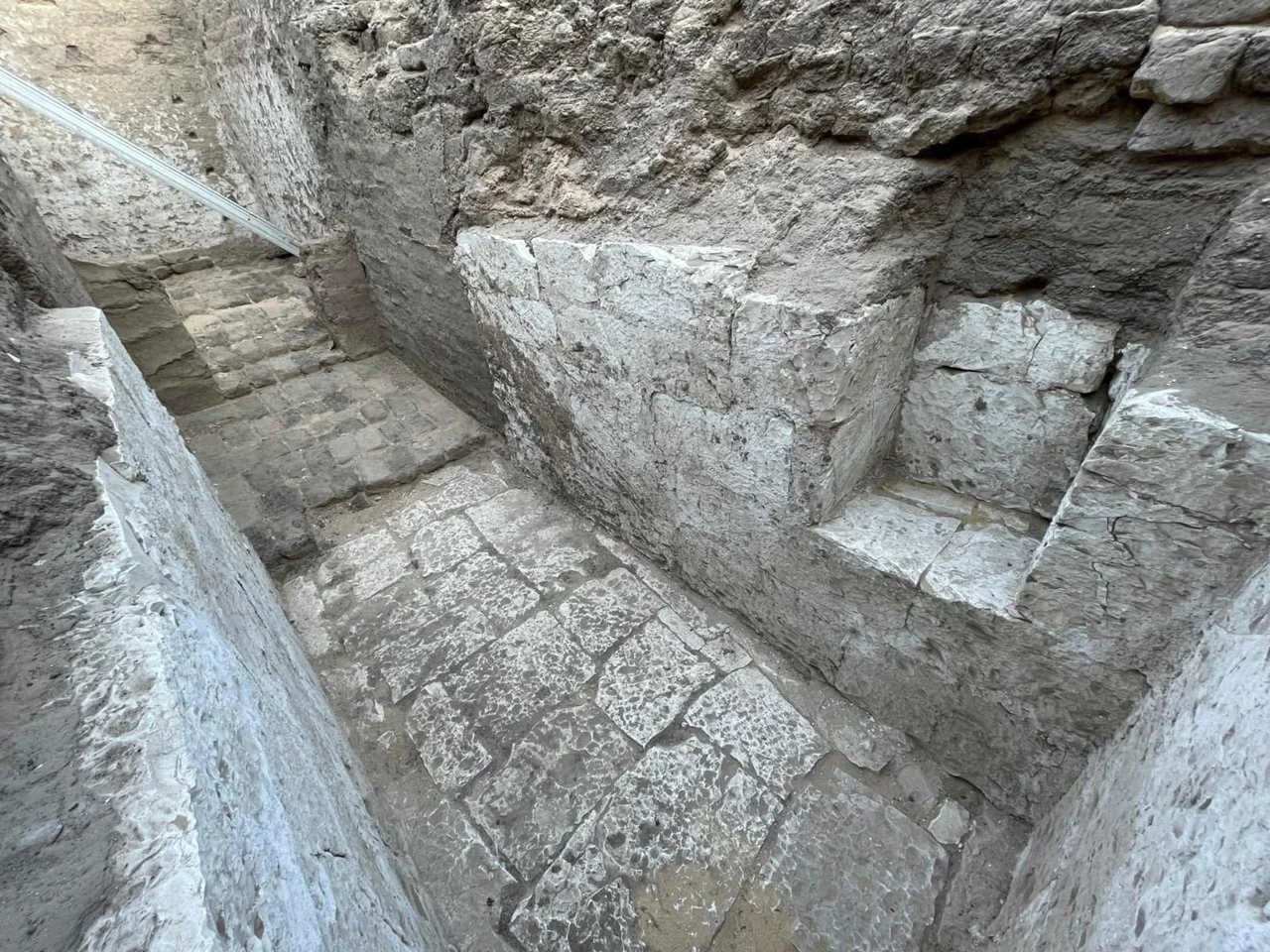A joint Egyptian-American archaeological mission has discovered a royal tomb from the Second Intermediate Period (1700 to 1550 BC) in the Mount Anubis necropolis.
The “Mountain-of-Anubis” is a sacred mountain with a pyramidal peak in the desert cliffs of Abydos, located in Egypt’s central province of Sohag.
The peak formed the conceptual anchor of Senwosret III’s mortuary complex, who ruled from 1878 BC to 1839 BC during the Twelfth Dynasty of the Middle Kingdom.
The peak was also the chosen burial necropolis of the hypothesised Abydos Dynasty, a short-lived local dynasty ruling over parts of Middle and Upper Egypt during the Second Intermediate Period.
According to a recent press statement issued by the Ministry of Tourism and Antiquities, excavations within the necropolis have discovered a royal tomb of an unknown pharaoh, consisting of a limestone burial chamber covered with mudbrick vaults.

Measuring five metres in height, the tomb is located at a depth of 7 metres and has inscriptions on both sides of the entrance that mention Isis and Nephthys, both goddesses in ancient Egyptian religion.
Inside the tomb are yellow inscription bands that likely once bore the owner’s name in hieroglyphics, though they have suffered significant deterioration with only a few motifs and texts surviving.
Dr. Joseph Wagner, head of the archaeological mission from the University of Pennsylvania, noted that the tomb’s architectural and decorative style closely resembles that of Woseribre Senebkay’s tomb from the Second Intermediate Period, also discovered by Dr. Wagner in 2014 in southern Abydos.
Dr. Mohamed Ismail Khaled, Secretary-General of the Supreme Council of Antiquities, said: “This tomb provides fresh evidence of royal burial practices in the region and offers a deeper understanding of the complex political landscape of that era.”
Header Image Credit : Ministry of Tourism and Antiquities
Sources : Ministry of Tourism and Antiquities





